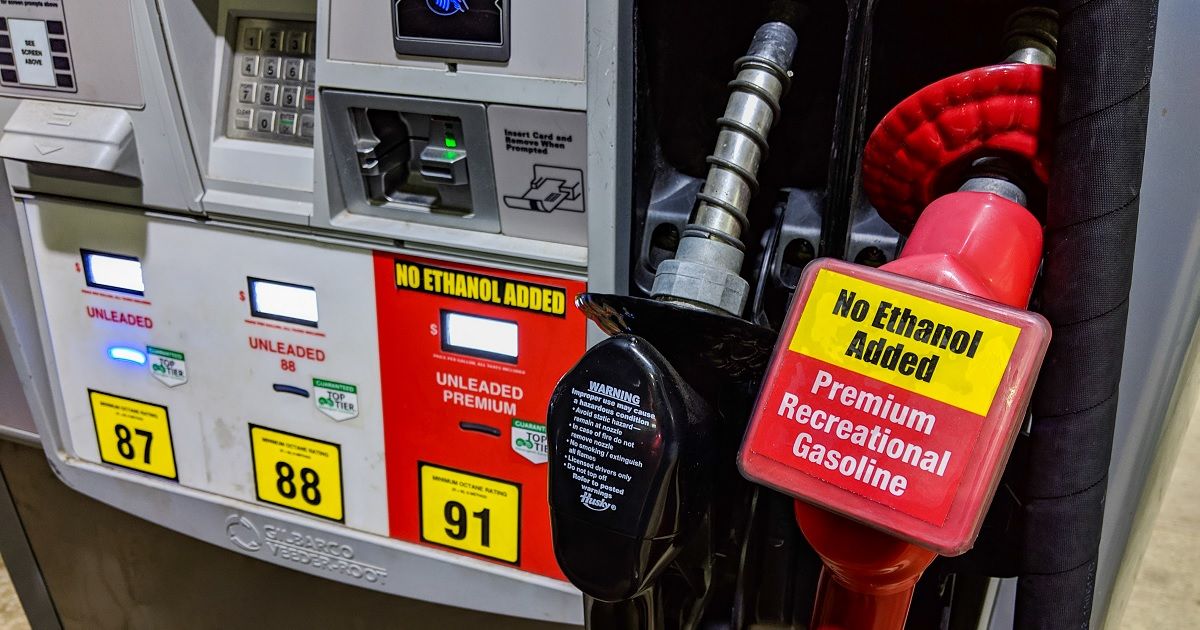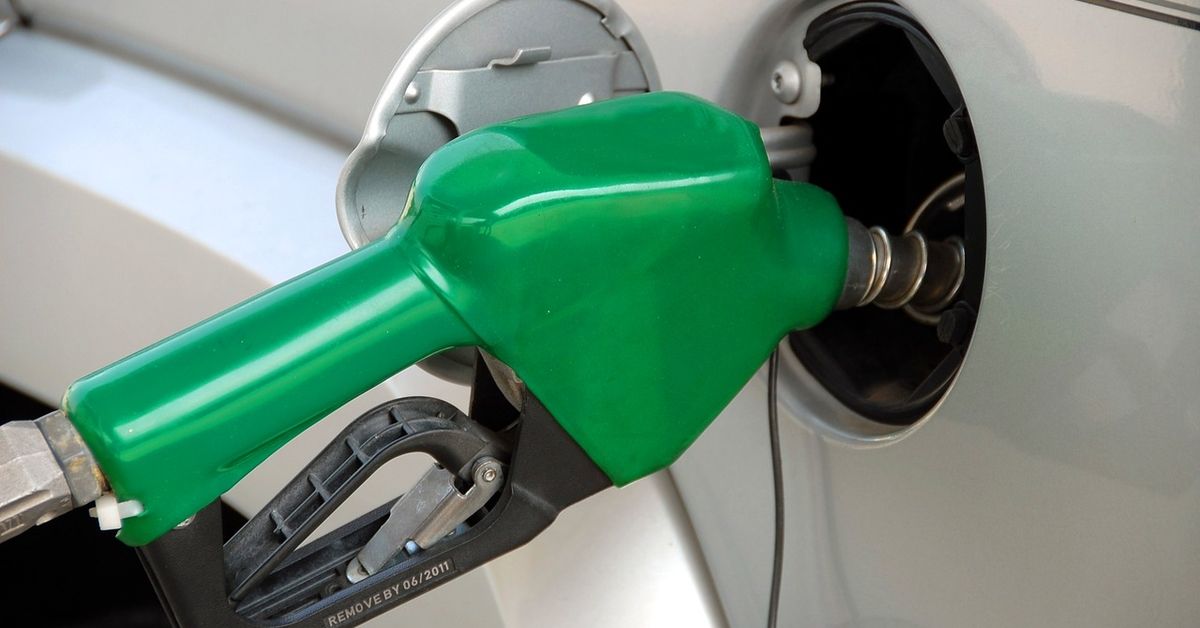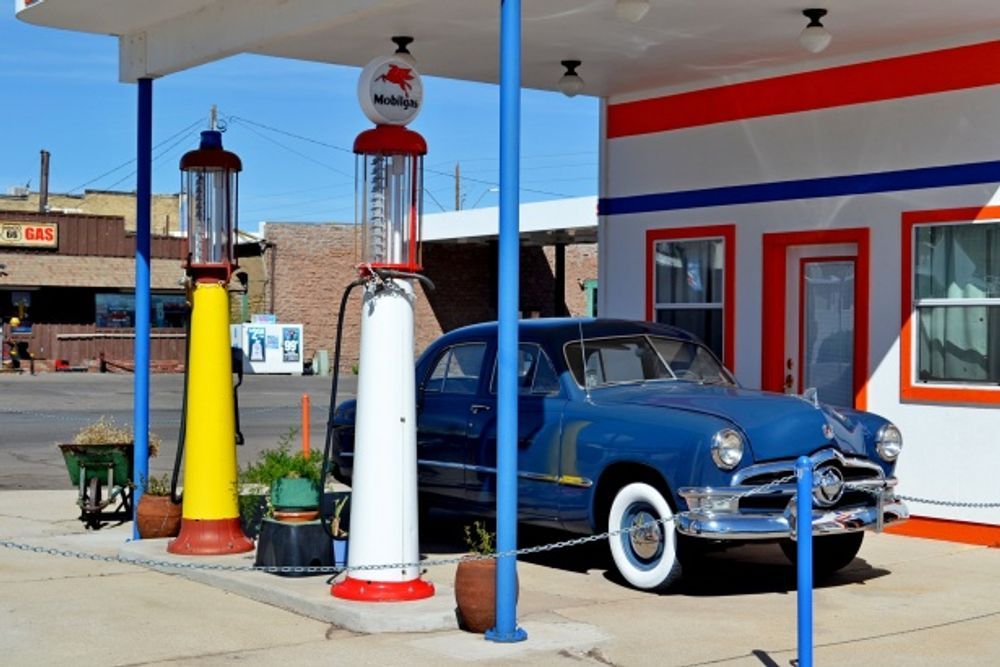Although most gas drivers are used to seeing the common inclusions of ethanol, additives, and detergents in their regularly dispensed fuel, there's been a movement in recent years that has seen the return of “pure” gasoline. This “pure” gasoline is becoming more widely available due to demand and generally contains no additives, including the usually ubiquitous ethanol.
Even as electric vehicles become more popular, there will likely be a demand for high-quality gasoline for a long time to come. Those who love their gasoline-powered machines tend to really love them, going so far as to even prompt Ford to create a gasoline-scented cologne for those who love the smell.
However, there are some important nuisances and things to know about the utilization of non-ethanol gasoline. There are major differences between the ethanol-inclusive gas found at most local stations and “pure” gas that may influence your decision on which to use.
Let’s take a closer look at what you should know about non-ethanol gasoline.
Gasoline Has A Pretty Interesting History
When gasoline was first produced via distillation back in 1859, it was discarded along with other petroleum products as a useless byproduct of the creation of other oils and fuels such as kerosene. It was not until 1892 that gasoline was noted as useful and valuable when the first automobiles hit the roads.
Service stations for fuel followed shortly after; however, it wasn’t until the 1950s that the desire for better performance from the larger, faster cars saw the addition of lead to gasoline. The lead added lubrication to reduce wear on engine valves. Over time, the detrimental health effects of lead were revealed, and it was eliminated from gasoline and completely phased out in the United States by 1996.
When petroleum refineries produce gasoline, it's an unfinished blendstock that must be mixed with other additives to meet the minimum requirements for spark-ignition engines. It is at this point when the blendstock is shipped to a blending terminal that ethanol is generally added to the fuel. The Renewable Fuel Standard (RFS) set forth by the United States Environmental Protection Agency (EPA) sets forth minimum requirements for mixing ethanol into fuel and encourages it.
It also requires the United States' use of renewable fuel (including ethanol) every year until it reaches 36 billion gallons by 2022. This is the result of two main factors- first, the desire for the EPA to control emissions and create a more clean-burning fuel for vehicles. The other factor is that the United States underwent an oil embargo by major oil companies in the Middle East in 1973, which caused a spike in oil prices and caused fuel suppliers to seriously consider adding more ethanol to reduce prices.
Recently, gasoline prices have seen another increase as production slowed (or even shut down in some places) due to cold temperatures and power outages in main zones of production in the United States (such as Texas). These issues caused around a fifth of oil processing to stop, and the fallout of this, alongside other issues such as the COVID-19 pandemic causing labor shortages, continue to negatively affect gasoline prices (as of Autumn 2021).
Here's Why You Might Prefer Non-Ethanol Gasoline
With the prevalence of ethanol mixed gasoline and the push for more usage by the EPA via the RFS, it may seem a bit strange that some people are seeking out non-ethanol gasoline and encouraging more service stations to include it in their available fuels. However, despite ethanol helping to reduce wear on engines and aiding in the reduction of the overall cost of fuel by allowing for less oil to be utilized in the mixture, there's still some valid reasons for consumers to choose ethanol-free fuel at the pump.
Although ethanol-free gas is not bad for your car, gasoline with too much ethanol can actually cause harm to an engine that is not programmed to take it. Some gasoline (E85) contains up to 85% ethanol, which can confuse computer systems in cars that are not rated for flex fuel because they're not meant to take amounts that high. This can lead to the car corroding the engine to an extent if done multiple times and can also result in decreased fuel efficiency and a spark knock.
Since there is very little regulation on the mixing of ethanol into gasoline blendstock (though they do attempt to keep it under 15%, mistakes can happen), overly cautious drivers may err on the side of caution when using ethanol-infused gas.
This effect is stronger on older vehicles as well and may cause owners of classic classics or even just older models to choose non-ethanol fuel. Since there are so many existing gasoline-powered cars, they hold value longer than their competition (EVs) and are so collectible that it's very unlikely that people will stop purchasing gasoline or taking care of their older cars anytime soon.
Another reason that many consumers choose non-ethanol fuel is to improve overall gas mileage. Although ethanol reduces the cost per gallon of gas, it also reduces the efficiency of the burn and has less free energy to use for combustion and efficient movement. Over the course of several years, the 3% average reduction in gas mileage can really add up.
For those taking part in the process of “prepping” or preparing for emergency situations, which is something that has been growing in popularity lately due to the tumultuous political and economic climate, non-ethanol gas has another perk; it's got a longer shelf life than ethanol blends. While 10% ethanol mixture lasts just three months (maximum), non-ethanol gasoline can last up to six months. This makes it a better purchase for those preparing for potential emergencies and shortages.
Finally, non-ethanol gas is often purchased by consumers for their smaller equipment needs. Ethanol mixtures can cause damage to the smaller engines of lawnmowers, chainsaws, trimmers, and similar equipment. Ethanol causes gasoline to burn hotter, which the smaller engines cannot withstand, so owners are instructed by manufacturers to use a 10% or less ethanol mixture to prevent damage.
All in all, there's a lot of different reasons that you might choose non-ethanol over ethanol-mixed gasoline. However, it is also clear that due to emissions guidelines and the push by the EPA, “pure” gasoline is likely to only become rarer and harder to obtain over time.



